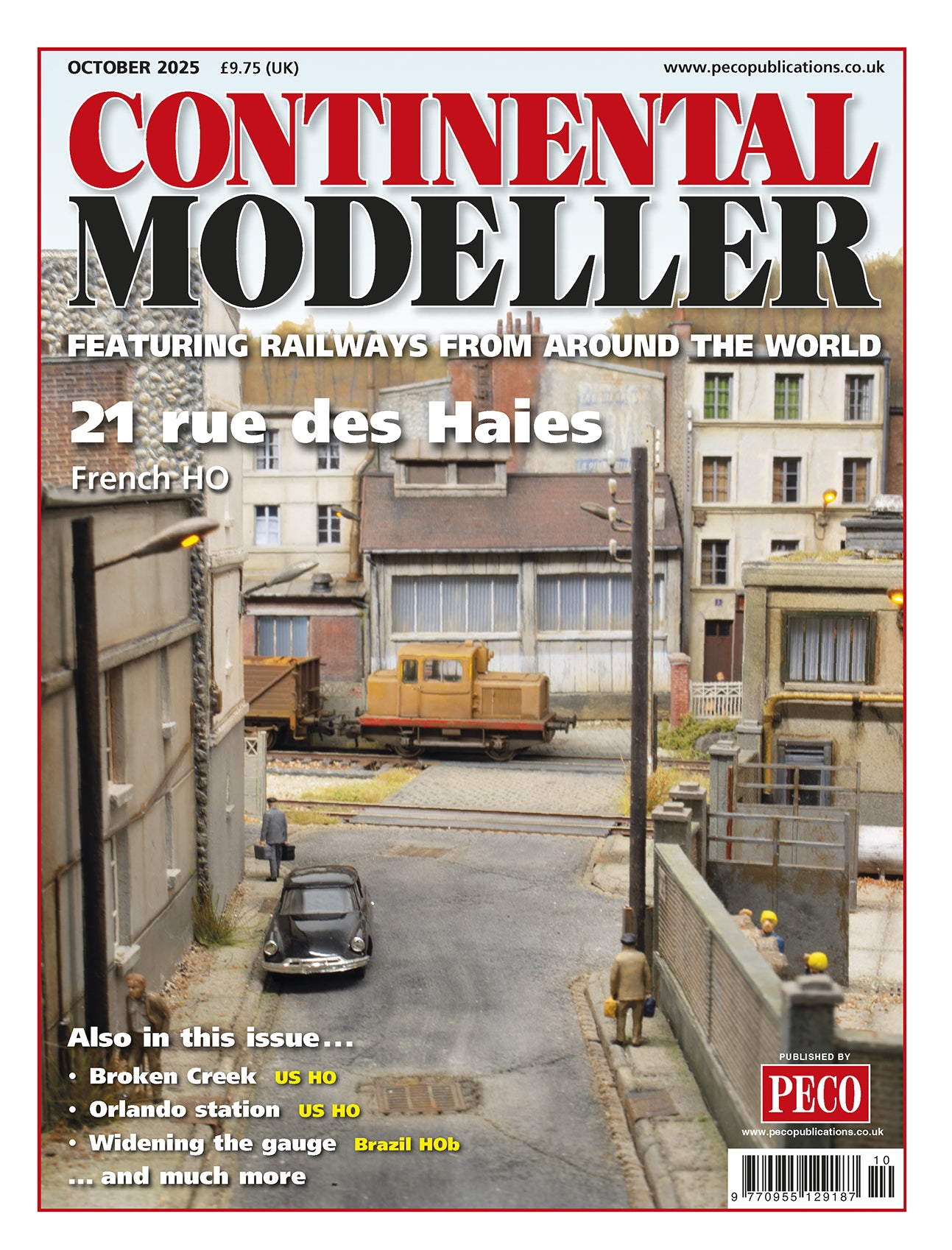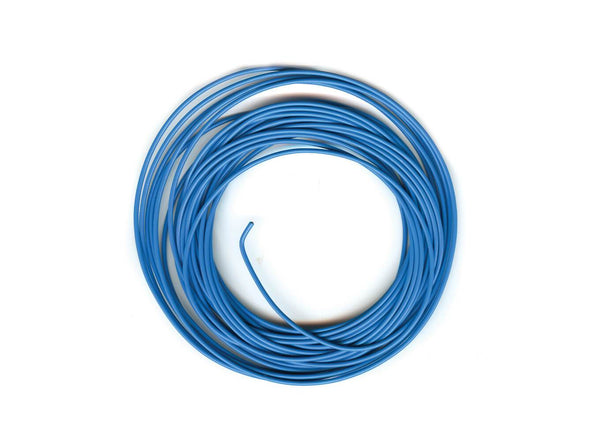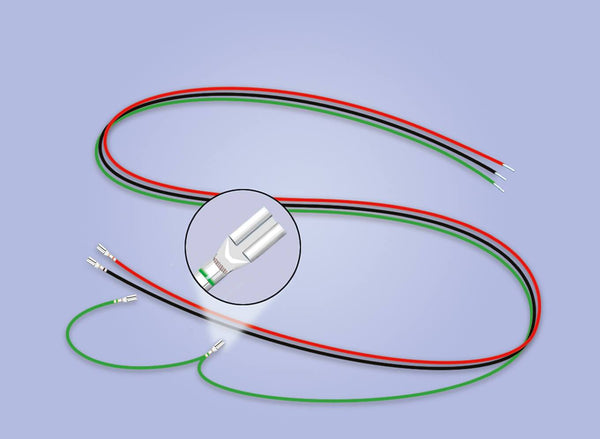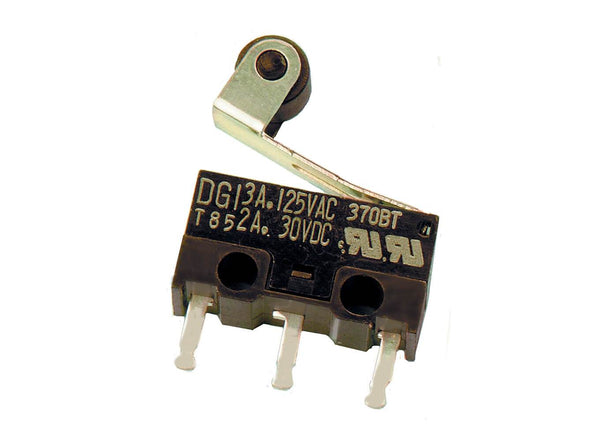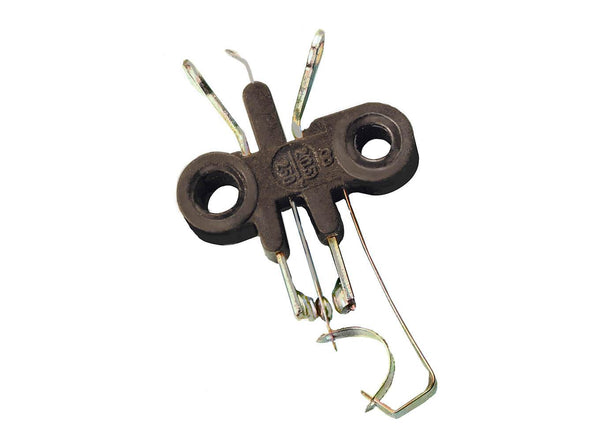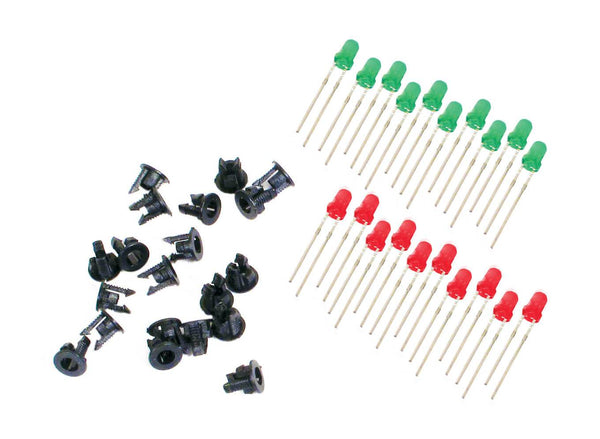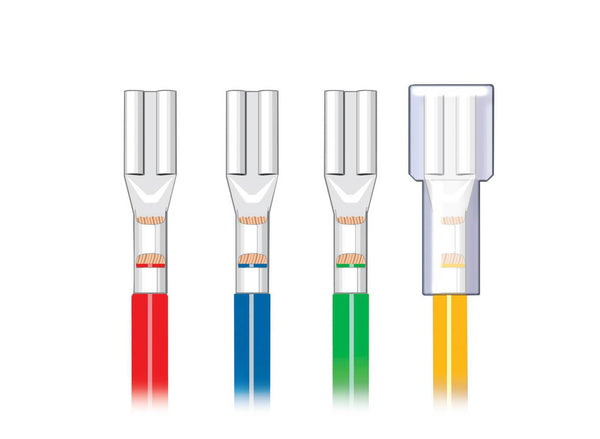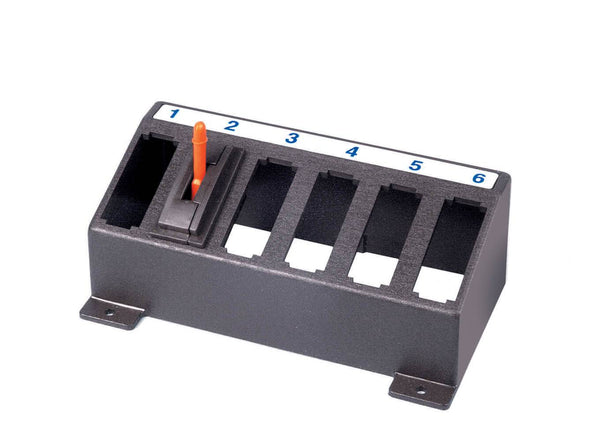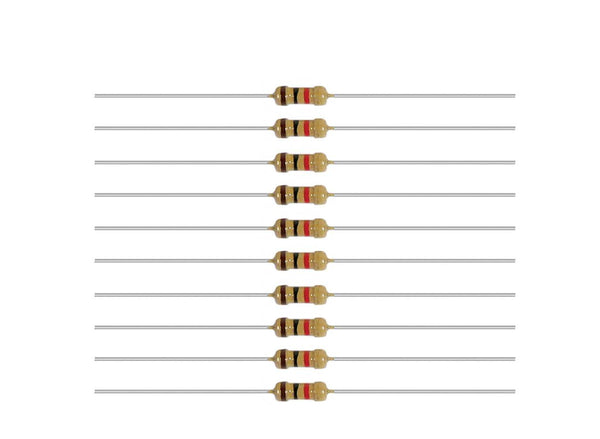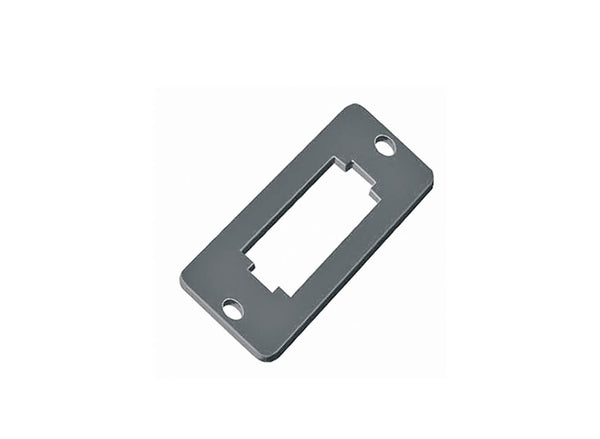BROWSE PECO PRODUCTS
Browse through our complete product portfolio.
2634 Products Found
Black Connecting Wire
The vital link. Your model railway will be so much easier to extend and maintain if you adopt a colour code scheme for the wiring.
Blue Connecting Wire
The vital link. Your model railway will be so much easier to extend and maintain if you adopt a colour code scheme for the wiring.
Cable Clips (Pack of 20)
Keep your wiring organised and tidy with these self adhesive clips. Pack of 20 clips
Capacitor Discharge Unit
For use with all solenoid motors (e.g. PL-10 and Pl-11). Connect this unit to the 16v ac supply on your transformer. The capacitor stores up power and discharges a 'kick' to ensure turnout blades 'snap over' every time.
Wiring Harness for PL-10 Series Turnout Motors
Makes wiring the PL-10 series of Motors quick and easy. Just a simple push fit onto the motor terminals; the other ends are tinned and ready for the PL-39 Terminal Block, PL-50 Switch Module Unit, or PL-31 Push on Terminal Connectors.
Closed Microswitch
Closed type, rated 16v 2amps (continuous) or 2.5amps (momentary). Use this microswitch with the PL-19 Microswitch Housing for polarity switching the SL-E790BH 0 Gauge Double Slip.
Open Microswitch
Open type, as used on the PL-15 Twin Microswitch. Rated 16v 2amps (continuous) or 2.5amps (momentary).
LED's
These can be used directly from terminals on the Smartswitch (TM) Control Board (PLS-120) and Smartfrog (PLS-130) to show route selection. They can also be powered via a 12v DC supply if the PL-29 Resistors are included in the circuit.
Terminal Connectors/Shrouds
Push on Terminal Connectors and shrouds. These connectors make modification and fault finding so much easier than soldered wiring. Use them to connect the PL-38 Wire to PL-26 Passing Contact Switches, PL-22 On/Off Switches, PL-23 On/On Switches, and PL-34 Wiring Looms to PL-26 Passing Contact Switches. They can also be used when connecting wires to other items, for example, PL-13 Accessory Switches, PL-15 Twin Microswitches, PL-10 Turnout Motors, and PL-32 and 33 Microswitches.
Switch Console
Houses 6 PL-26 Passing Contact Switches, PL-22 On/Off Switches or PL-23 On/On Switches.
Switch Mounting Plate
Use these when creating a diagrammatic control panel to clip fit PL-26 Passing Contact Switches, PL-22 On/Off Switches and PL-23 On/On Switches in the required place.



